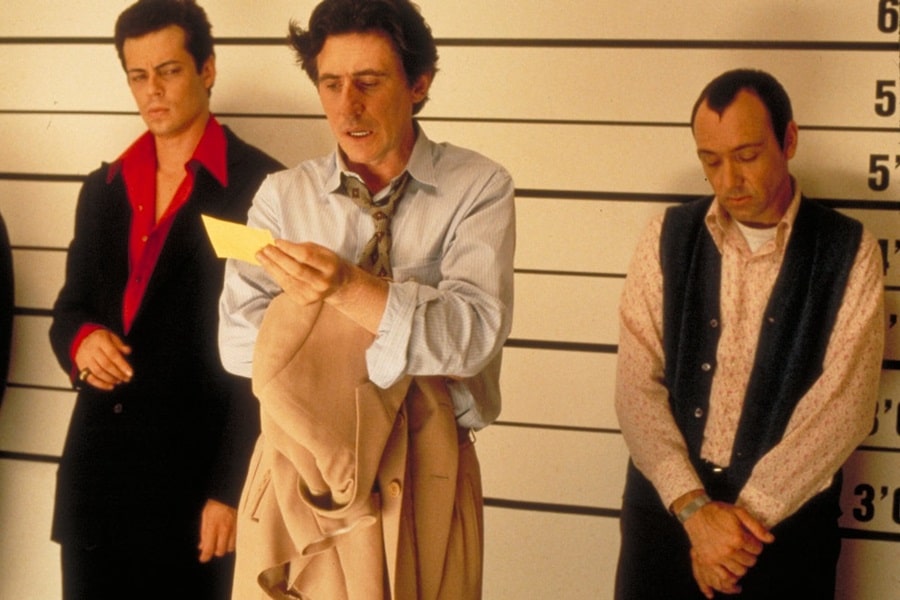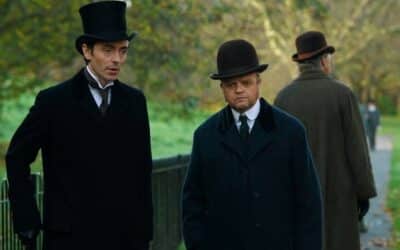
Planting Clues
Planting clues in a mystery novel or a crime drama is akin to a high-wire act; it requires balance, precision, and a knack for misdirection. This article delves into the art of seeding clues without spoiling the grand reveal, a technique that has bamboozled and delighted audiences in equal measure.
The essence of a good mystery lies in its ability to engage the audience in a game of wits. The writer is the master puppeteer, controlling the strings of the narrative, subtly guiding the audience without making the path too obvious. This art has been perfected over time by numerous authors and screenwriters, and their works provide a treasure trove of examples.
Take Agatha Christie’s “And Then There Were None,” for instance. Christie masterfully plants clues throughout the narrative, cleverly disguised as innocuous details. These breadcrumbs, seemingly irrelevant at first, later coalesce into a clear picture only at the climax. The trick here is in the subtlety; clues should be visible in hindsight but not glaringly obvious on the first pass.
Sir Arthur Conan Doyle’s Sherlock Holmes stories also offer valuable lessons. Doyle used red herrings – misleading clues – to great effect. In “The Hound of the Baskervilles,” the narrative is strewn with false leads that keep the reader guessing. This technique keeps the audience engaged, making them feel like they are part of the investigation, piecing together the puzzle along with the protagonist.
Screen adaptations of mystery novels have their own unique challenges and opportunities in clue planting. The visual medium allows for clues to be hidden in plain sight. For example, the BBC series “Sherlock,” a modern adaptation of Doyle’s work, expertly uses background elements and quick cuts to plant clues. These often go unnoticed until a second viewing, a testament to the cunning of the writers.
In the realm of television, “Twin Peaks,” created by David Lynch and Mark Frost, stands as a prime example of how to weave an intricate web of clues. The series is peppered with surreal imagery and symbolic references that hint at the larger mystery. Lynch’s approach shows that clues need not always be concrete; sometimes, they can be thematic or atmospheric, contributing to the overall mood and tone of the story.
The key to successful clue planting lies in the balance between making the clues too obscure or too obvious. If the clues are too easy to decipher, the mystery unravels too quickly, and the story loses its intrigue. On the other hand, if they are too cryptic, the audience might feel cheated or frustrated.
Effective clue planting also involves misdirection. The writer must be adept at leading the audience down false paths, only to reveal the truth at the most opportune moment. This technique is evident in “The Usual Suspects,” where the narrative is constructed to lead the viewer to a specific conclusion, only to pull the rug out from under them in the final act.
Another aspect of clue planting is the use of foreshadowing. This is a subtle hint at what is to come, often overlooked or misunderstood by the audience until the story reaches its climax. Foreshadowing, when done correctly, adds depth to the narrative and rewards attentive readers or viewers on subsequent revisits.
It’s also important to consider the pacing of the reveal. Clues should be distributed evenly throughout the story, maintaining a rhythm that keeps the audience engaged. A sudden influx of clues towards the end, or long stretches without any, can disrupt the narrative flow and impact the story’s overall effectiveness.
Character development plays a crucial role in clue planting. Characters’ actions, dialogues, and even their backgrounds can serve as clues. A nuanced character, with a well-developed backstory, can be a goldmine for planting subtle hints. This technique is vividly displayed in “The Maltese Falcon,” where the characters’ intricate web of lies and deceit serves as a fertile ground for clues.
In addition to these techniques, the setting of the story can also be a source of clues. The environment in which the story unfolds can hold subtle hints about the plot. This is especially true in stories where the setting is integral to the narrative, such as in the case of locked-room mysteries.
Finally, one of the most crucial aspects of clue planting is the respect for the audience’s intelligence. The writer must trust the audience to piece together the puzzle without spoon-feeding them the solution. This respect is what transforms a simple story into an engaging mystery that stands the test of time.
In summary, the art of planting clues without revealing the ending is a delicate balance of subtlety, misdirection, and pacing. It requires an understanding of the audience’s perspective and a deep respect for their intelligence. When done correctly, it elevates a simple narrative into a compelling mystery that lingers in the mind long after the final page is turned or the credits roll.
More How To Features
On the Hunt for a Mystery
How to Select Your Next Mystery Book
Querying a Mystery
How to Write a Query Letter That Won’t Get You Ghosted
Crafting the Character
Creating Characters as Mysterious as Your Plot



